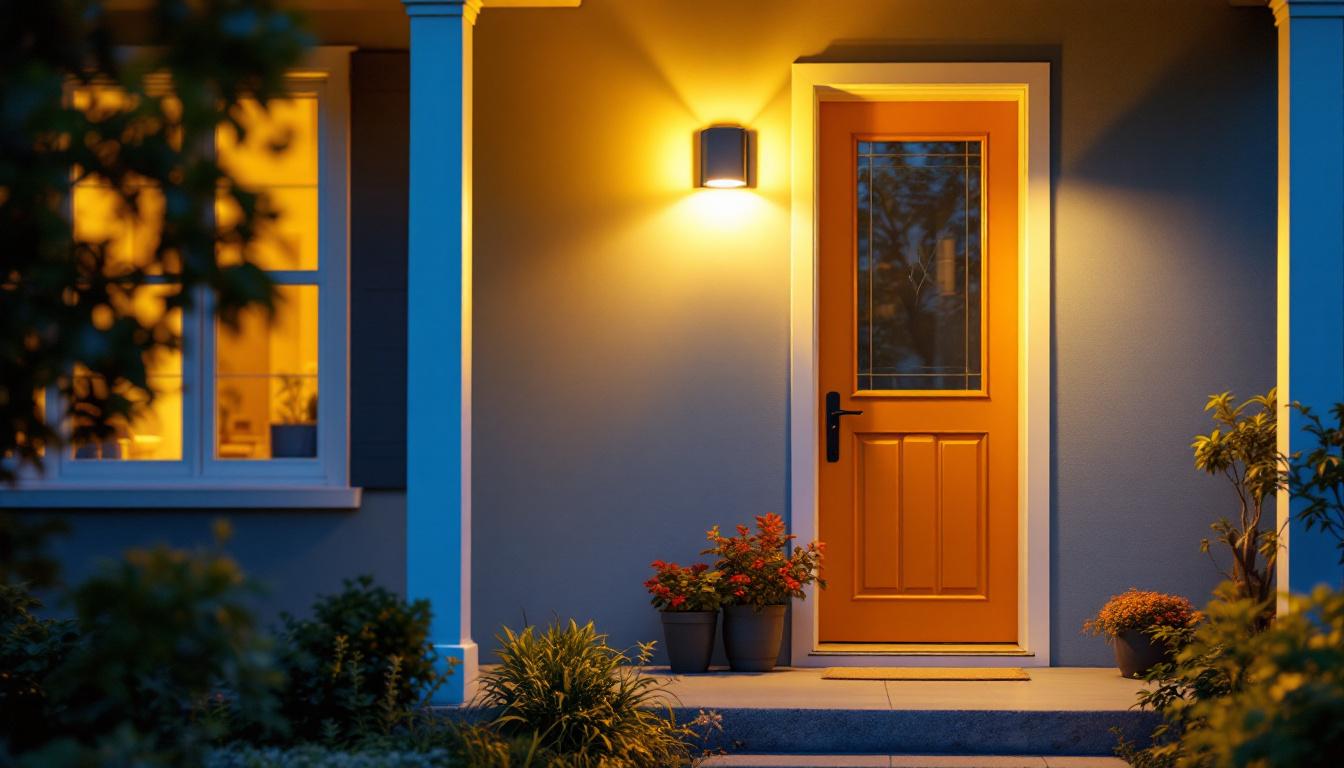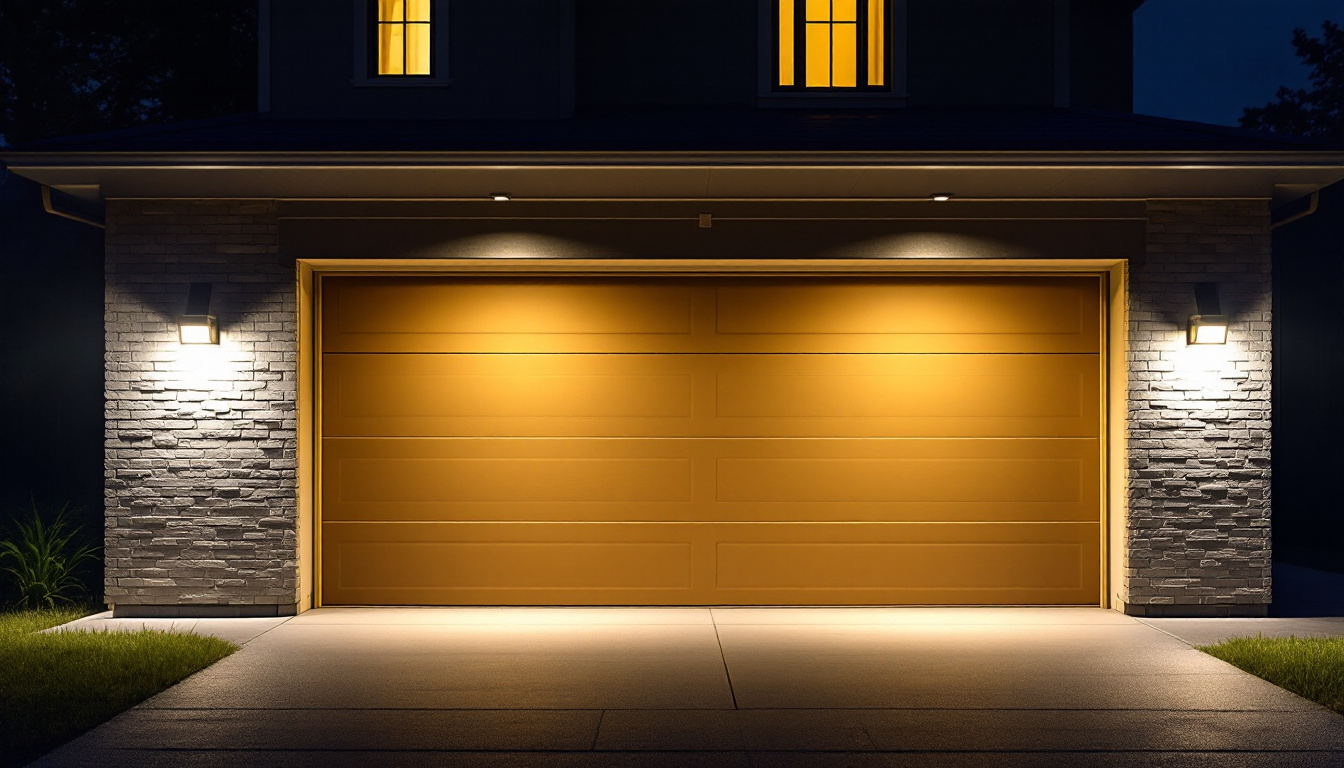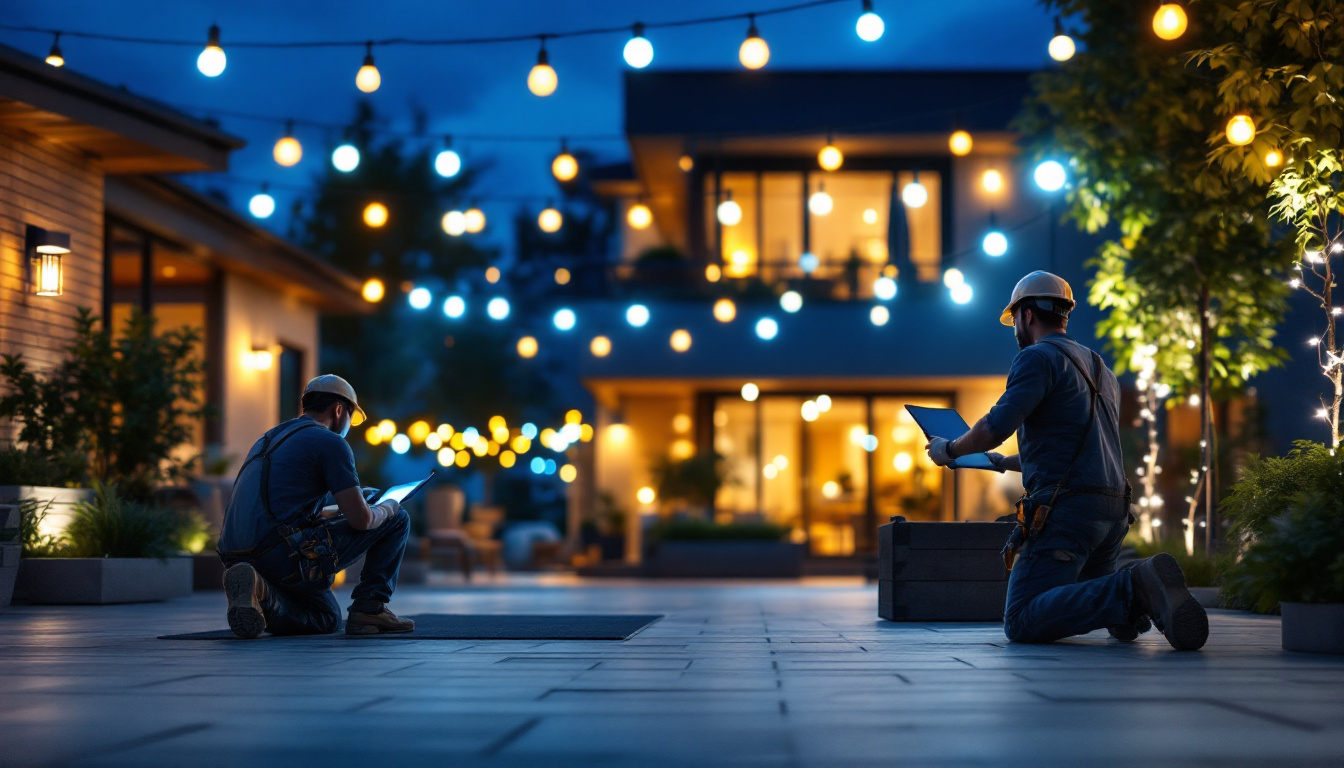
In the ever-evolving world of lighting design, LED hanging lights have emerged as a popular choice for both residential and commercial applications. Their energy efficiency, longevity, and versatility make them a preferred option for many lighting contractors. However, with these advantages come certain considerations that must be addressed to ensure successful installations. This article outlines essential do’s and don’ts for lighting contractors working with LED hanging lights.
Before diving into the do’s and don’ts, it’s crucial to understand why LED hanging lights are favored in the industry. These lights offer a range of benefits that can enhance both functionality and aesthetics in various settings.
One of the primary advantages of LED technology is its energy efficiency. Compared to traditional incandescent or fluorescent lights, LEDs consume significantly less power while providing the same level of brightness. This not only reduces energy bills for clients but also contributes to a more sustainable environment. In fact, studies have shown that switching to LED lights can reduce energy consumption by up to 80%, making them an ideal choice for both residential and commercial applications. Furthermore, many utility companies offer rebates and incentives for businesses that make the switch to energy-efficient lighting, further enhancing the financial appeal of LED installations.
LED lights have a much longer lifespan than their traditional counterparts. While incandescent bulbs may last around 1,000 hours, LEDs can last up to 25,000 hours or more. This longevity means fewer replacements and lower maintenance costs over time, making them an attractive option for both contractors and clients. Additionally, the durability of LED lights makes them resistant to shocks and vibrations, which is particularly beneficial in high-traffic areas or industrial settings where traditional bulbs might fail more frequently. This resilience not only ensures consistent lighting but also adds to the overall safety of the environment by minimizing the risk of sudden outages.
LED hanging lights come in a variety of styles, shapes, and sizes, allowing for creative design possibilities. Whether it’s a modern industrial look or a more classic aesthetic, there is an LED option that can fit seamlessly into any space. This versatility enables contractors to meet diverse client preferences and project requirements. Moreover, many LED fixtures are now designed with customizable features, such as adjustable color temperatures and dimming capabilities, allowing users to create the perfect ambiance for any occasion. From cozy dining areas to vibrant retail spaces, the adaptability of LED hanging lights can transform a room’s atmosphere while maintaining energy efficiency and functionality.
When it comes to installing LED hanging lights, there are several best practices that contractors should follow to ensure optimal performance and satisfaction for their clients. Here are the key do’s to keep in mind.
Before installation, it’s essential to assess the space where the LED hanging lights will be placed. Consider factors such as ceiling height, room dimensions, and existing decor. This evaluation will help determine the appropriate size, style, and placement of the lights to achieve the desired ambiance and functionality. Additionally, think about the activities that will take place in the area. For instance, a dining room may benefit from a central fixture that provides warm, inviting light, while a kitchen might require brighter, more focused lighting to enhance visibility during meal preparation. Taking these nuances into account can significantly elevate the overall design and utility of the space.
LED lights come in various color temperatures, typically measured in Kelvin (K). Warmer tones (2700K-3000K) create a cozy atmosphere, while cooler tones (4000K-5000K) are ideal for workspaces. Understanding the intended use of the space will guide the selection of the appropriate color temperature, ensuring that the lighting complements the environment. Moreover, consider the impact of natural light throughout the day. For example, in areas that receive ample sunlight, a cooler color temperature can help balance the warm hues of daylight, while in dimly lit rooms, warmer tones can create a more inviting feel. This thoughtful approach can enhance the overall aesthetic and functionality of the lighting scheme.
Each LED product comes with specific installation instructions and guidelines provided by the manufacturer. Adhering to these recommendations is crucial for ensuring safety and optimal performance. This includes understanding the electrical requirements, weight limits, and recommended mounting techniques for each fixture. Additionally, it’s wise to familiarize oneself with the warranty and maintenance recommendations for the LED lights. Some manufacturers may suggest specific cleaning methods or replacement schedules to maintain the longevity and efficiency of the fixtures. By staying informed about these details, contractors can provide clients with the best possible service and ensure that their lighting installations remain both functional and aesthetically pleasing over time.
While there are many best practices to follow, there are also common pitfalls that contractors should avoid when working with LED hanging lights. Here are the key don’ts to keep in mind.
LED lights often have different wiring requirements compared to traditional lighting options. Failing to account for these differences can lead to poor performance or even safety hazards. Always ensure that the wiring is compatible with the LED fixtures being installed, and consult an electrician if necessary.
Many clients appreciate the ability to control the brightness of their lighting. However, not all LED fixtures are dimmable. When selecting lights, verify whether they can be dimmed and ensure that the appropriate dimmer switches are used. Ignoring this aspect can lead to flickering lights or even damage to the fixtures.
While functionality is essential, aesthetics should not be overlooked. The design and style of the LED hanging lights should complement the overall decor of the space. Avoid choosing fixtures that clash with the existing design elements, as this can detract from the overall appeal of the installation.
Proper installation techniques are critical for ensuring the longevity and performance of LED hanging lights. Here are some important considerations to keep in mind during the installation process.
LED hanging lights can be mounted in various ways, including pendant, flush, or semi-flush mounting. The choice of mounting option should be based on the ceiling height and the desired visual impact. Pendant lights, for example, are ideal for high ceilings, while flush mounts work well in lower spaces.
Safety is paramount when installing hanging lights. Ensure that all fixtures are securely mounted and that the mounting hardware is appropriate for the weight of the light. Using the correct anchors and supports will prevent accidents and ensure that the installation is stable and secure.
When making wiring connections, always follow best practices for electrical safety. Strip wires carefully, use the appropriate connectors, and ensure that all connections are tight and secure. Consider using heat-shrink tubing or electrical tape to protect connections from moisture and wear.
Once installed, maintaining LED hanging lights is essential for ensuring their longevity and performance. Here are some key maintenance tips for lighting contractors to share with their clients.
Dust and dirt can accumulate on light fixtures over time, impacting their brightness and appearance. regular cleaning with a soft, damp cloth can help maintain the aesthetic appeal and functionality of the lights. Avoid using harsh chemicals that could damage the finish of the fixtures.
Periodically checking for loose wiring connections is important for safety and performance. If clients notice flickering lights or inconsistent brightness, it may indicate a loose connection that needs to be addressed. Encourage clients to report any issues promptly to ensure timely maintenance.
As technology continues to advance, it may be beneficial to upgrade older LED fixtures to newer models that offer improved efficiency and features. Keeping abreast of the latest developments in LED technology can help contractors provide the best solutions for their clients.
LED hanging lights are versatile and can be used in a variety of settings. Understanding the most common applications can help contractors recommend the best solutions for their clients.
In residential settings, LED hanging lights can enhance the ambiance of dining rooms, kitchens, and living areas. They can serve as statement pieces or provide functional lighting for specific tasks. The flexibility in design allows homeowners to personalize their spaces while benefiting from energy-efficient lighting.
In commercial environments, LED hanging lights are often used in offices, retail spaces, and restaurants. They can create a welcoming atmosphere for customers while providing adequate illumination for employees. The ability to customize brightness and color temperature makes them suitable for various business needs.
LED hanging lights are also gaining popularity in outdoor applications, such as patios, gardens, and outdoor dining areas. Their durability and weather resistance make them ideal for outdoor use, allowing homeowners and businesses to extend their usable space into the evening hours.
LED hanging lights offer numerous benefits, including energy efficiency, longevity, and design versatility. However, successful installations require careful consideration of various factors, from assessing the space to following manufacturer guidelines. By adhering to the do’s and don’ts outlined in this article, lighting contractors can ensure that their clients receive high-quality installations that meet their needs and expectations.
As the demand for LED lighting continues to grow, staying informed about best practices and emerging technologies will be essential for lighting contractors. By embracing these principles, contractors can enhance their reputation, build client trust, and contribute to a more sustainable future in lighting design.
Ready to elevate your lighting installations with the efficiency, longevity, and design versatility of LED hanging lights? At LumenWholesale, we provide lighting contractors like you with the highest quality, spec-grade lighting products at unbeatable wholesale prices. Say goodbye to local distributor markups and hello to a vast selection of premium lighting that meets rigorous industry standards. Plus, with free shipping on bulk orders, you can stock up on superior lighting solutions without worrying about hidden fees. Make the smart choice for your next project and experience the perfect blend of quality, affordability, and convenience. Visit LumenWholesale now for Wholesale Lighting at the Best Value.

Explore compelling real-world success stories of lighting contractors who have mastered the use of electrical receptacles.

Discover the essential insights lighting contractors need to meet client expectations for front door motion sensor lights.

Discover how strategic garage outdoor lighting can enhance the efficiency of your lighting projects.

Explore the advantages and drawbacks of LED outdoor lighting for contractors.